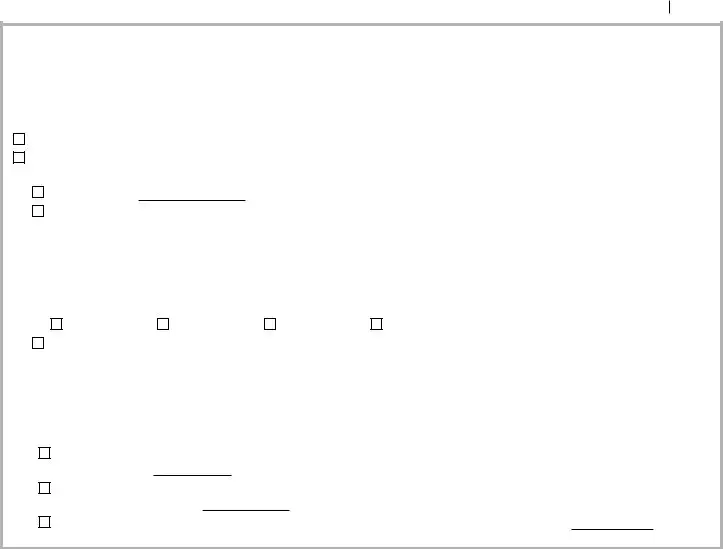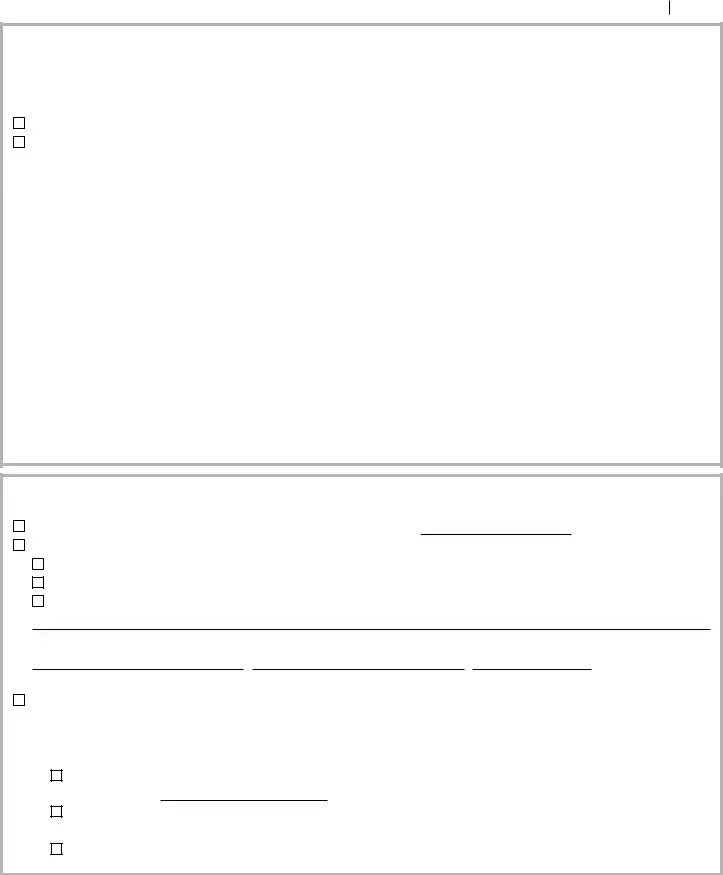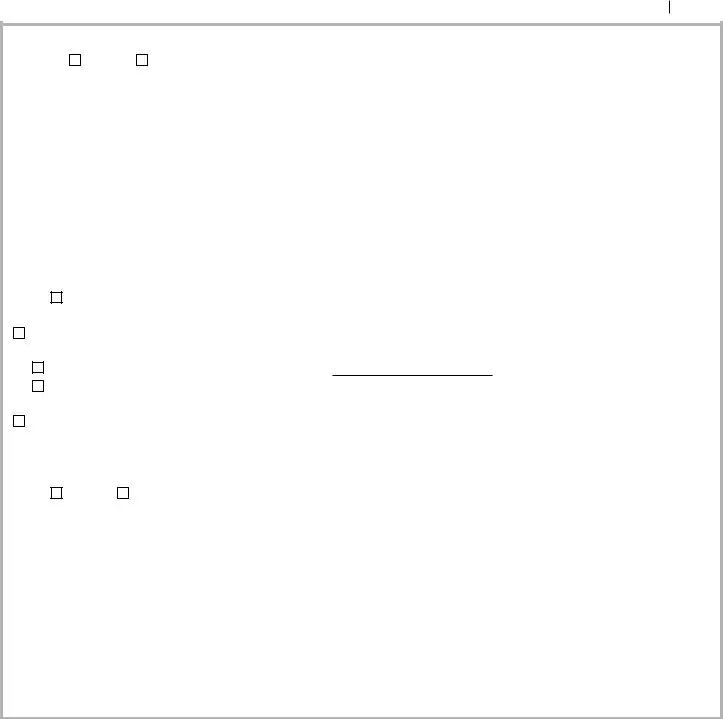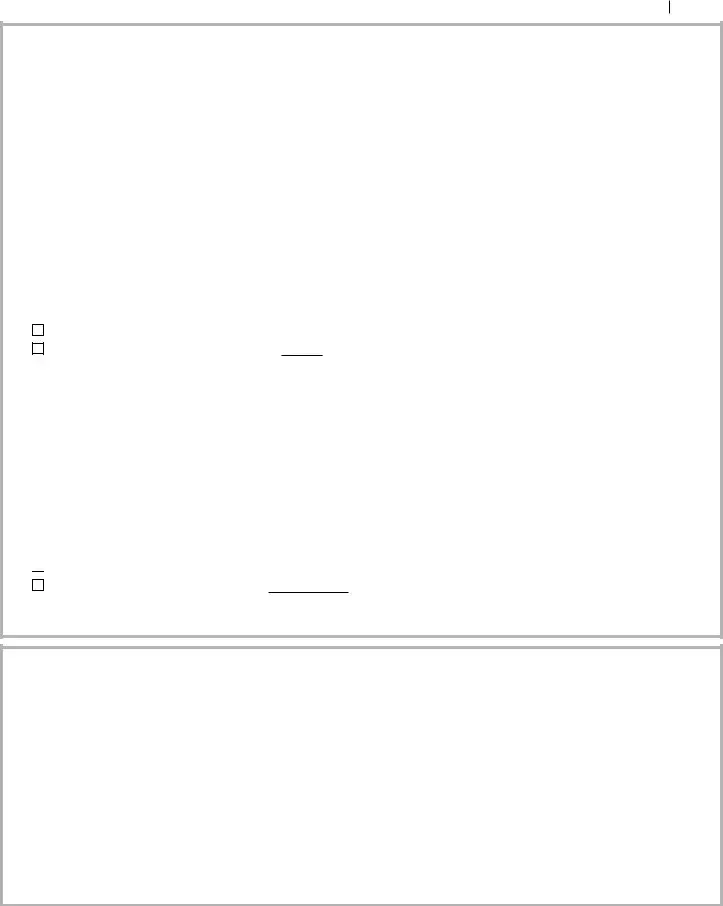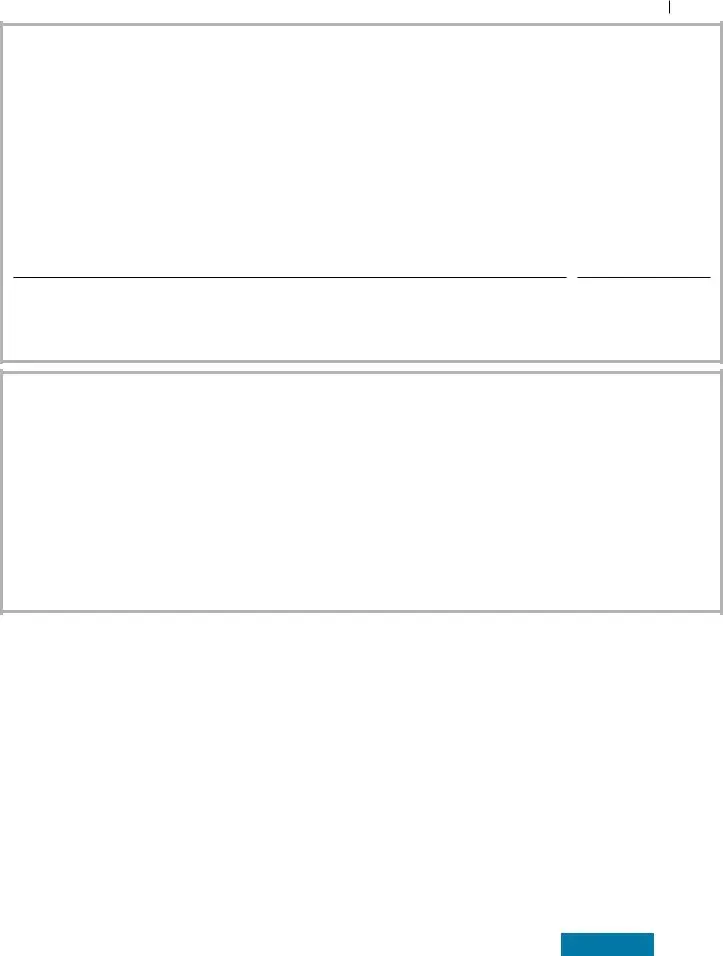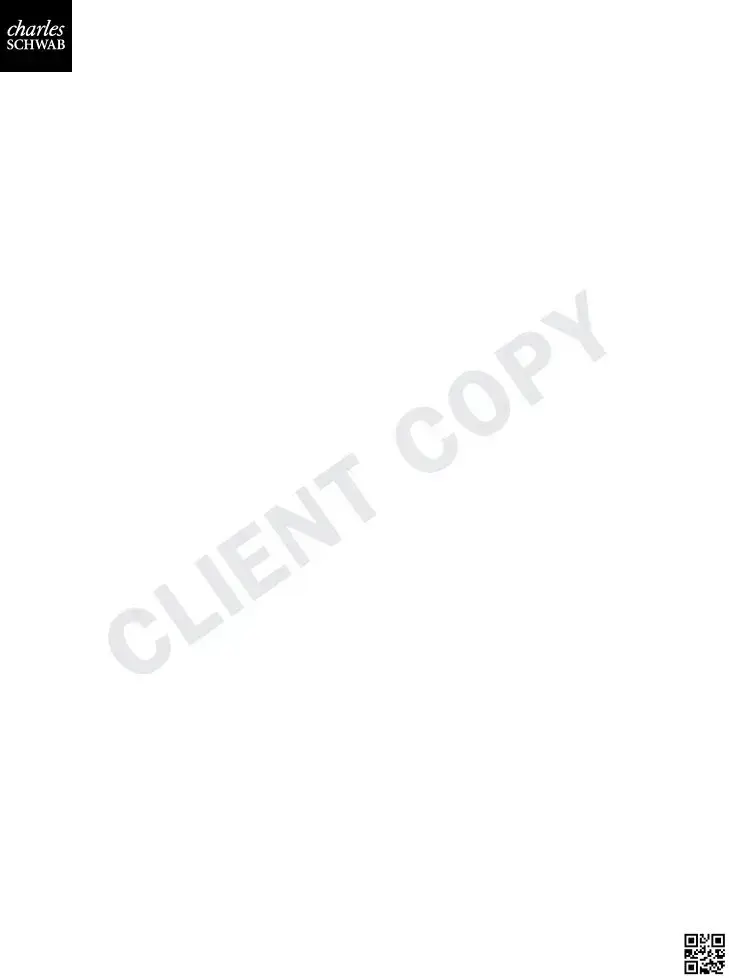to pay tax until you receive payments later, and the 10% additional income tax will not apply if those payments are made after you are age 59½ (or if an exception applies).
Where may I roll over the payment?
You may roll over the payment to either an IRA (an individual retirement account or individual retirement annuity) or an employer plan (a tax- qualified plan, section 403(b) plan, or governmental section 457(b) plan) that will accept the rollover. The rules of the IRA or employer plan that holds the rollover will determine your investment options, fees, and rights to payment from the IRA or employer plan (for example, no spousal consent rules apply to IRAs, and IRAs may not provide loans). Further, the amount rolled over will become subject to the tax rules that apply to the IRA or employer plan.
How do I do a rollover?
There are two ways to do a rollover. You can do either a direct rollover or a 60-day rollover.
If you do a direct rollover, the Plan will make the payment directly to your IRA or an employer plan. You should contact the IRA sponsor or the administrator of the employer plan for information on how to do a direct rollover.
If you do not do a direct rollover, you may still do a rollover by making a deposit into an IRA or eligible employer plan that will accept it. You will have 60 days after you receive the payment to make the deposit. If you do not do a direct rollover, the Plan is required to withhold 20% of the payment for federal income taxes (up to the amount of cash and property received other than employer stock). This means that, in order to roll over the entire payment in a 60-day rollover, you must use other funds to make up for the 20% withheld. If you do not roll over the entire amount of the payment, the portion not rolled over will be taxed and will be subject to the 10% additional income tax on early distributions if you are under age 59½ (unless an exception applies).
How much may I roll over?
If you wish to do a rollover, you may roll over all or part of the amount eligible for rollover. Any payment from the Plan is eligible for rollover, except:
•Certain payments spread over a period of at least 10 years or over your life or life expectancy (or the lives or joint life expectancy of you and your beneficiary)
•Required minimum distributions after age 70½ (if you were born before July 1, 1949) or age 72 (if you were born on or after July 1, 1949), or after death
•Hardship distributions
•ESOP dividends
•Cost of life insurance paid by the Plan
•Corrective distributions of contributions that exceed tax law limitations
The Plan administrator can tell you what portion of a payment is eligible for rollover.
If I don’t do a rollover, will I have to pay the 10% additional income tax on early distributions?
If you are under age 59½, you will have to pay the 10% additional income tax on early distributions for any payment from the Plan (including amounts withheld for income tax) that you do not roll over, unless one of the exceptions listed below applies. This tax is in addition to the regular income tax on the payment not rolled over.
The 10% additional income tax does not apply to the following payments from the Plan:
•Payments made after you separate from service if you will be at least age 55 in the year of the separation
•Payments that start after you separate from service if paid at least annually in equal or close-to-equal amounts over your life or life expectancy (or the lives or joint life expectancy of you and your beneficiary)
•Payments made due to disability
•Payments after your death
•Corrective distributions of contributions that exceed tax law limitations
•Cost of life insurance paid by the Plan
•Contributions made under special automatic enrollment rules that are withdrawn pursuant to your request within 90 days of enrollment
•Payments made directly to the government to satisfy a federal tax levy
•Payments made under a qualified domestic relations order (QDRO)
•Payments up to the amount of your deductible medical expenses
•Certain payments made while you are on active duty if you were a member of a reserve component called to duty after September 11, 2001, for more than 179 days
•Payments of certain automatic enrollment contributions requested to be withdrawn within 90 days of the first contribution
If I do a rollover to an IRA, will the 10% additional income tax apply to early distributions from the IRA?
If you receive a payment from an IRA when you are under age 59½, you will have to pay the
10% additional income tax on early distributions from the IRA, unless an exception applies. In general, the exceptions to the 10% additional income tax for early distributions from an IRA are the same as the exceptions listed above for early distributions from a Plan. However, there are a few differences for payments from an IRA, including the following:
•There is no exception for payments after separation from service that are made after age 55.
•The exception for qualified domestic relations orders (QDROs) does not apply (although a special rule applies under which, as part of a divorce or separation agreement, a tax-free transfer may be made directly to an IRA of a spouse or former spouse).
•The exception for payments made at least annually in equal or close-to-equal amounts over a specified period applies without regard to whether you have had a separation from service.
•There are additional exceptions for (1) payments for qualified higher education expenses, (2) payments up to $10,000 used in a qualified first-time home purchase, and (3) payments after you have received unemployment compensation for 12 consecutive weeks (or would have been eligible to receive unemployment compensation but for self-employed status).
Will I owe state income taxes?
This notice does not describe any state or local income tax rules (including withholding rules).
SPECIAL RULES AND OPTIONS
If your payment includes after-tax contributions
After-tax contributions included in a payment are not taxed. If a payment is only part of your benefit, an allocable portion of your after-tax contributions is generally included in the payment. If you have pre-1987 after-tax contributions maintained in a separate account, a special rule may apply to determine whether the after-tax contributions are included in a payment.
You may roll over to an IRA a payment that includes after-tax contributions through either a direct rollover or a 60-day rollover. You must keep track of the aggregate amount of the after- tax contributions in all of your IRAs (in order to determine your taxable income for later payments from the IRAs). If you do a direct rollover of only a portion of the amount paid from the Plan and a portion is paid to you, each of the payments will include an allocable portion of the after-tax contributions. If you do a 60-day rollover to an IRA of only a portion of the payment made to you, the after-tax contributions are treated as rolled over last. For example, assume you are receiving a complete distribution of your benefit, which totals $12,000, of which $2,000 is after-tax contributions. In this case, if you roll over $10,000 to an IRA in a 60-day rollover, no amount is taxable because the $2,000 amount not rolled over is treated as being after-tax contributions. You may roll over to an employer plan all of a payment that includes after-tax contributions, but only through a direct rollover (and only if the receiving plan separately accounts for after-tax contributions and is not a governmental section 457(b) plan). You can do a 60-day rollover to an employer plan of part of a payment that includes after-tax contributions, but only up to the amount of the payment that would be taxable if not rolled over.
If you miss the 60-day rollover deadline
Generally, the 60-day rollover deadline cannot be extended. However, the IRS has the limited authority to waive the deadline under certain extraordinary circumstances, such as when external events prevented you from completing the rollover by the 60-day rollover deadline. To
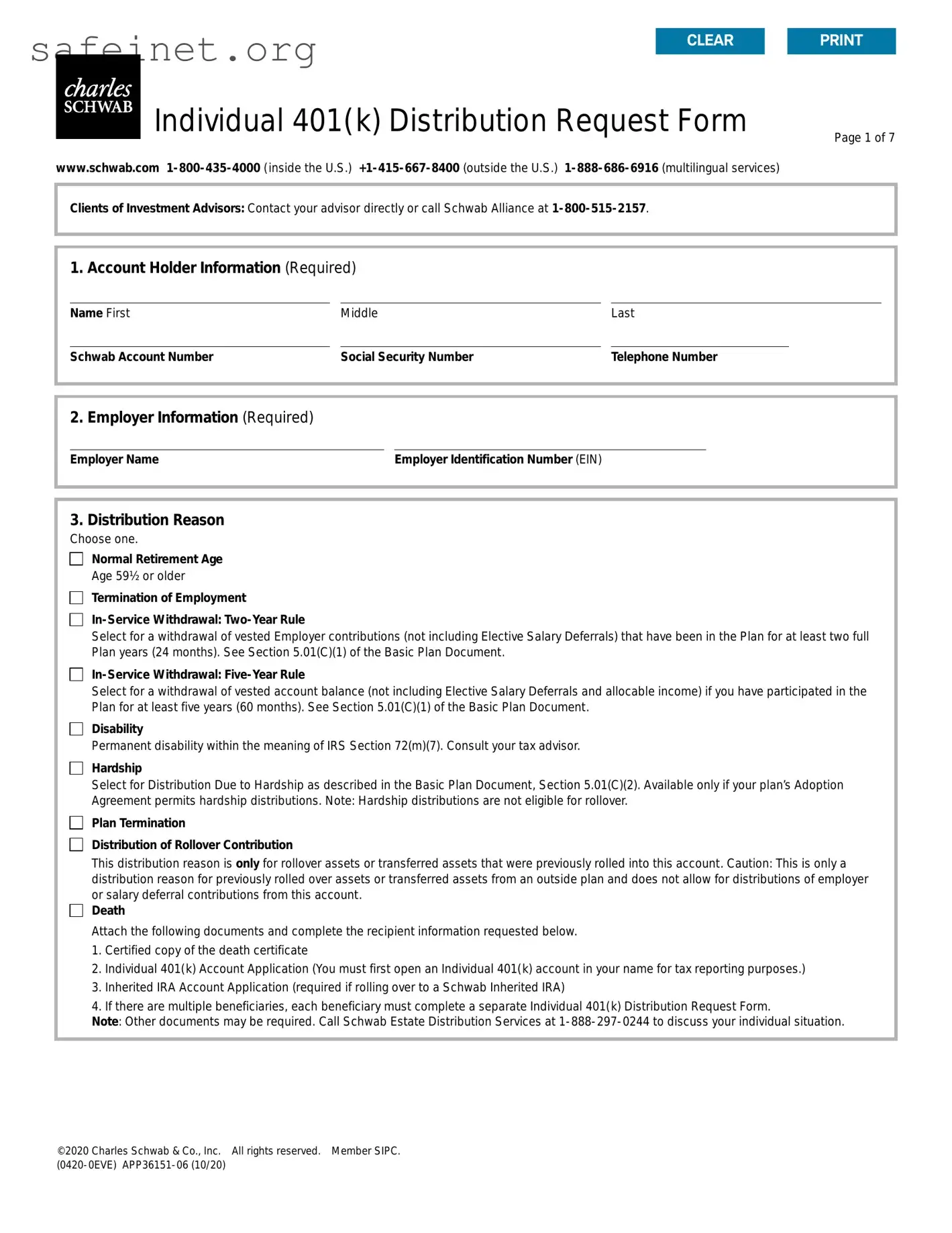
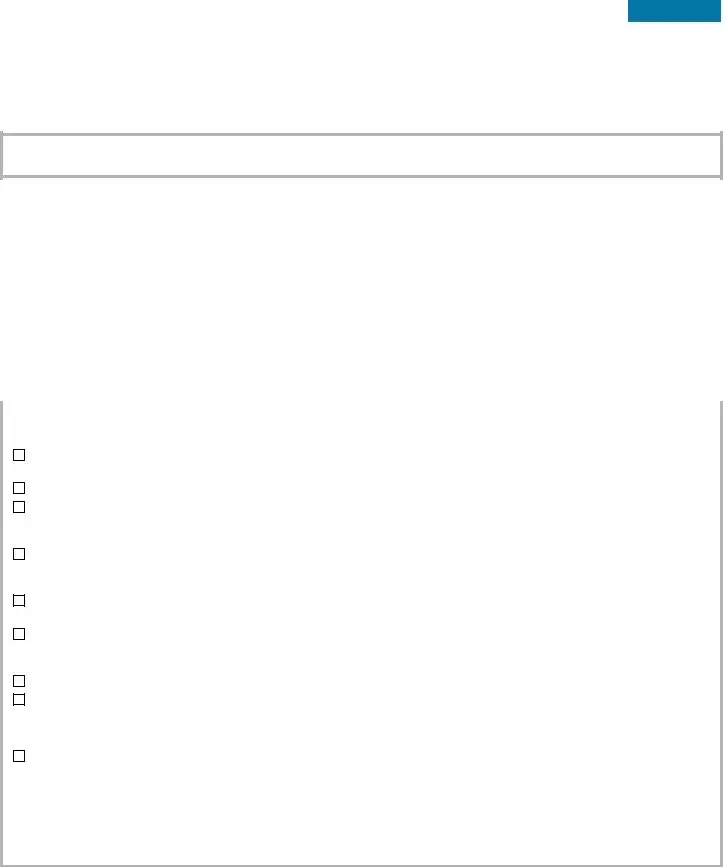
 Individual 401(k) Distribution Request Form
Individual 401(k) Distribution Request Form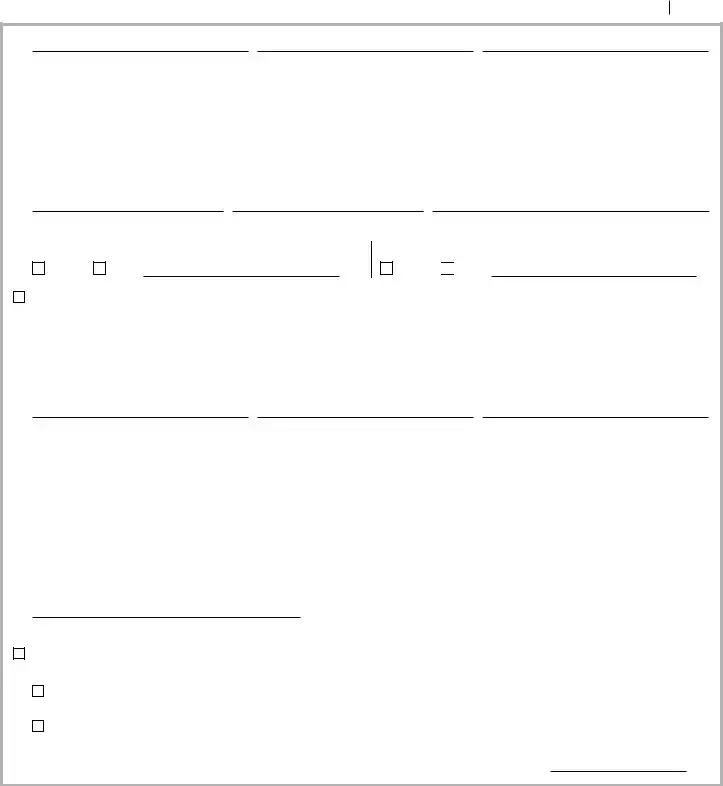

 Other:
Other: